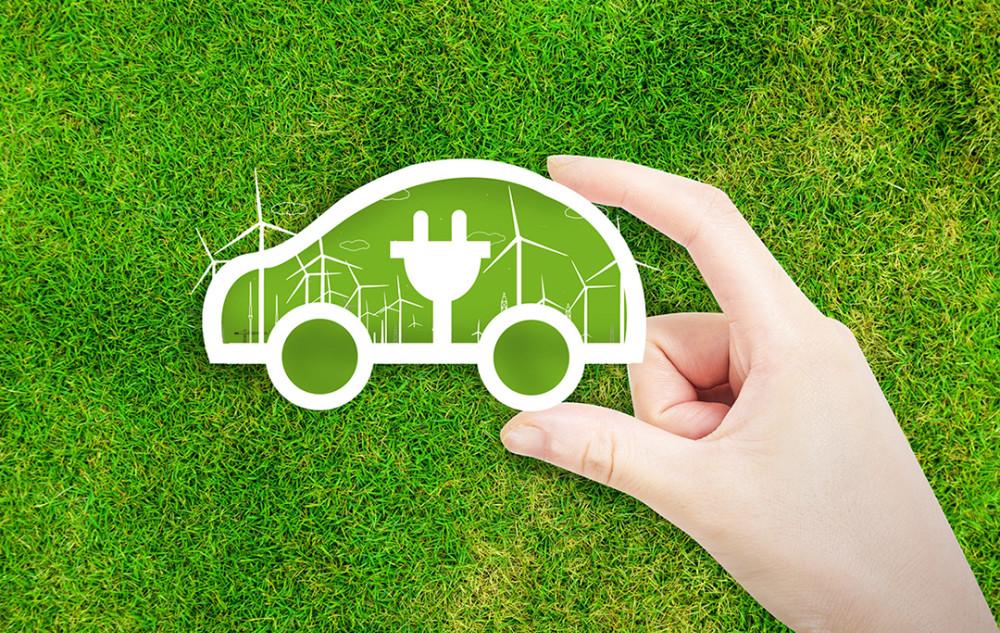
On December 31, 2021, the Ministry of Finance, the Ministry of Industry and Information Technology, the Ministry of Science and Technology, and the Development and Reform Commission jointly issued the "2022 New Energy Vehicle Promotion Subsidy Plan" (hereinafter referred to as the "Subsidy Plan"), which requires that in 2022, the subsidy standard for new energy vehicles will be reduced by 30% on the basis of 2021; urban buses, road passenger transport, taxis (including online car-hailing), sanitation, urban logistics distribution, postal express, civil aviation airports, and vehicles that meet the requirements in the field of public affairs of party and government organs. The subsidy standard will be reduced by 20% compared with 2021.
The Subsidy Scheme clarifies the subsidy standards for different types and different fields of vehicle products, which will be implemented from January 1, 2022. For example, in the subsidy scheme for new energy passenger vehicles (non-public domain), models with a cruising range greater than or equal to 300km and less than 400km are subsidized by 9,100 yuan, and models with a cruising range greater than or equal to 400km are subsidized by 12,600 yuan. Plug-in hybrid (including range extender) passenger car, pure electric mileage ≥50 (NEDC working conditions) or pure electric mileage ≥43 (WLTC working conditions) subsidies of 4800 yuan.
In addition, the Subsidy Program also stipulates the subsidy scheme for new energy buses and new energy trucks in the non-public sector, as well as the subsidy programs for new energy passenger cars, new energy buses and new energy trucks in the field of public transportation.
It is understood that the "Subsidy Scheme" will be terminated on December 31, 2022, and vehicles licensed after December 31, 2022 will no longer be subsidized. This means that 2022 will be the last year of the implementation of the new energy subsidy policy.
Near the end of 2021, affected by the decline in subsidies, many automobile brands, including Xiaopeng and Eian, have clearly stated that they will raise their new energy models. "Many configurations have existing cars, do not need to wait, now orders can also enjoy the state subsidies in 2021, from January 1, 2022, buy R car these two models, the price will be 5400 yuan more expensive." A few days ago, a Salesman of Feifan Automobile (that is, R Car) in Shanghai told the "Daily Economic News" reporter that from January 1, 2022, Feifan Automobile will clearly adjust the price.
Although the subsidy decline has an impact on the terminal market, many industry insiders said that the new energy vehicle market has shifted from policy-driven to market-driven, and the impact of subsidy decline on the overall market growth of new energy vehicles is limited.
Cui Dongshu, secretary general of the National Passenger Vehicle Market Information Joint Association, told reporters: "The subsidy decline of 30% will have a certain impact on the growth rate of new energy vehicles, especially the annual subsidy scale is capped at about 2 million vehicles, in fact, the scale is significantly reduced compared with last year, whether it is the amount of subsidized bicycles or the total amount, it is in a relatively low state." Therefore, car companies are facing the challenges of the post-subsidy era, and they will inevitably adjust their prices. ”
The relevant person in charge of WM Motor also believes: "In fact, the decline in subsidies for new energy vehicles did not start in 2021, and has been in a state of decline in the past few years, but from a realistic point of view, the overall sales of new energy vehicles in 2019 fell slightly by 4%; the overall sales volume in 2020 increased by 10%; and as of November, the sales of new energy vehicles in 2021 have doubled compared with 2020." Based on the decline in new energy subsidies and the growth trend of sales over the years, it can be seen that the impact of subsidies on the new energy vehicle market is short-lived, and the growth is still a major trend. ”